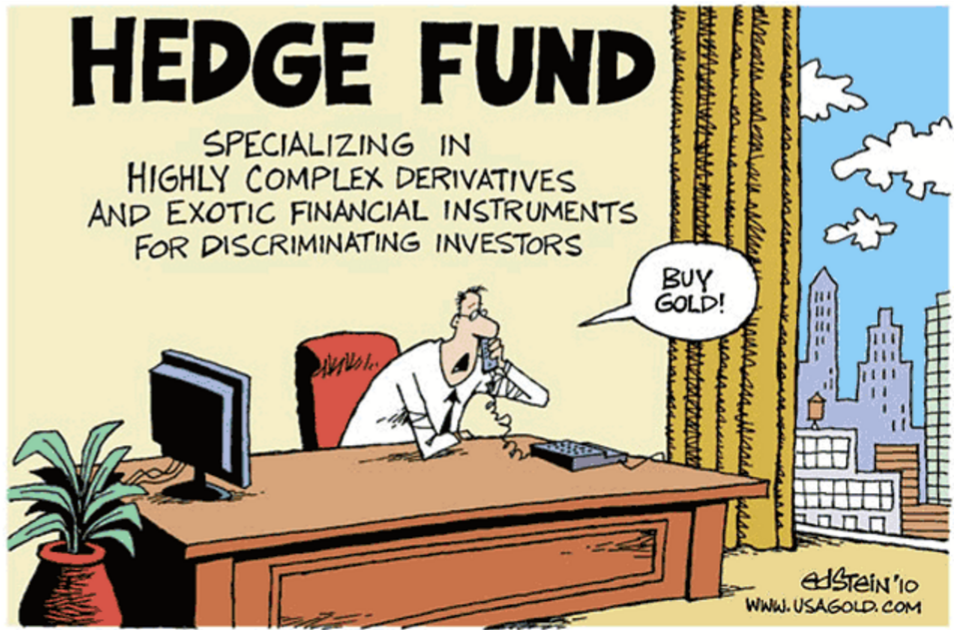

- #HEDGE FUND ANYLIST FALLACY HOW TO#
- #HEDGE FUND ANYLIST FALLACY PROFESSIONAL#
- #HEDGE FUND ANYLIST FALLACY SERIES#
In October, the European Union passed ESG disclosure regulation requiring funds to explain how they consider sustainability factors that materially affect their investments.Ī new EU taxonomy for ESG finalized earlier in the year also aims to coordinate standardization across member states, and sets out a series of criteria to determine whether the activity being financed has a sustainability component.Īnother concern is whether investors will continue to pursue these strategies as the economy tries to recover from the current pandemic. The US Securities and Exchange Commission is reportedly probing the validity of ESG funds and what investments are inside them. Without substantial improvements, better disclosure and higher quality information from the more than 250 data vendors in the space, the entire ESG movement runs the risk of returning to a momentary marketing fad, say some experts in the field. At BNY Mellon, which is helping the industry to develop common standards by mapping investor preferences to ESG fund holdings, a study published in February found 61.7% of issuer respondents now monitor their ESG ratings, up from 45.2% in 2017.
#HEDGE FUND ANYLIST FALLACY HOW TO#
It is difficult for investors to understand how to value a company’s ESG standing, when opinions among data vendors and ratings firms can vary so widely. While it involves investors changing the environmental and social impact that their capital is having, some worry good impacts may come at the cost of economic gains, or that managers will cherry-pick impacts to show only what is good. The field of “impact investing” also is causing concern.

“Investors have to do their own homework to know if something that is labeled ESG is really right for them.”Īnxiety is especially high about a practice known as “greenwashing,” where an investment or company claims to be environmentally friendly but may not be. “There was one concern we heard everywhere we went: that there is no agreed-upon definition of what ESG means, so funds may be marketing something that may not be in line with what a client wants,” Orsagh notes. He says many investors were confused about what the ESG label really stands for.

#HEDGE FUND ANYLIST FALLACY PROFESSIONAL#
Matt Orsagh, Senior Director of Capital Markets Policy at the CFA Institute, says he has met with professional and institutional investors around the world about ESG integration as part of a collaboration with the Principles for Responsible Investment, a UK-based industry group. It is also entering fixed-income markets and even money market funds.Īt the same time, the broader adoption is bringing about new questions and challenges about analytics and reporting tools covering the now $30 trillion global sustainable investment industry. The narrative is not just showing up in equity portfolios. Almost every major asset manager now offers an ESG strategy, and, until the pandemic shuttered the global economy in March, new financial products were launching by the month. Investors are growing more attuned to these factors than ever before, and many funds consider them a strategic hook.

There were Australia’s wildfires, which have cost that country billions of dollars calls for companies to include more women on their boards and the WeWork IPO that wasn’t, an alleged governance failure that slashed the market capitalization of a much-hyped unicorn. Even before COVID-19 exposed the importance of public health policies to investments, there were reasons to think about environmental, social responsibility and corporate governance (ESG) issues when making investment decisions.


 0 kommentar(er)
0 kommentar(er)
